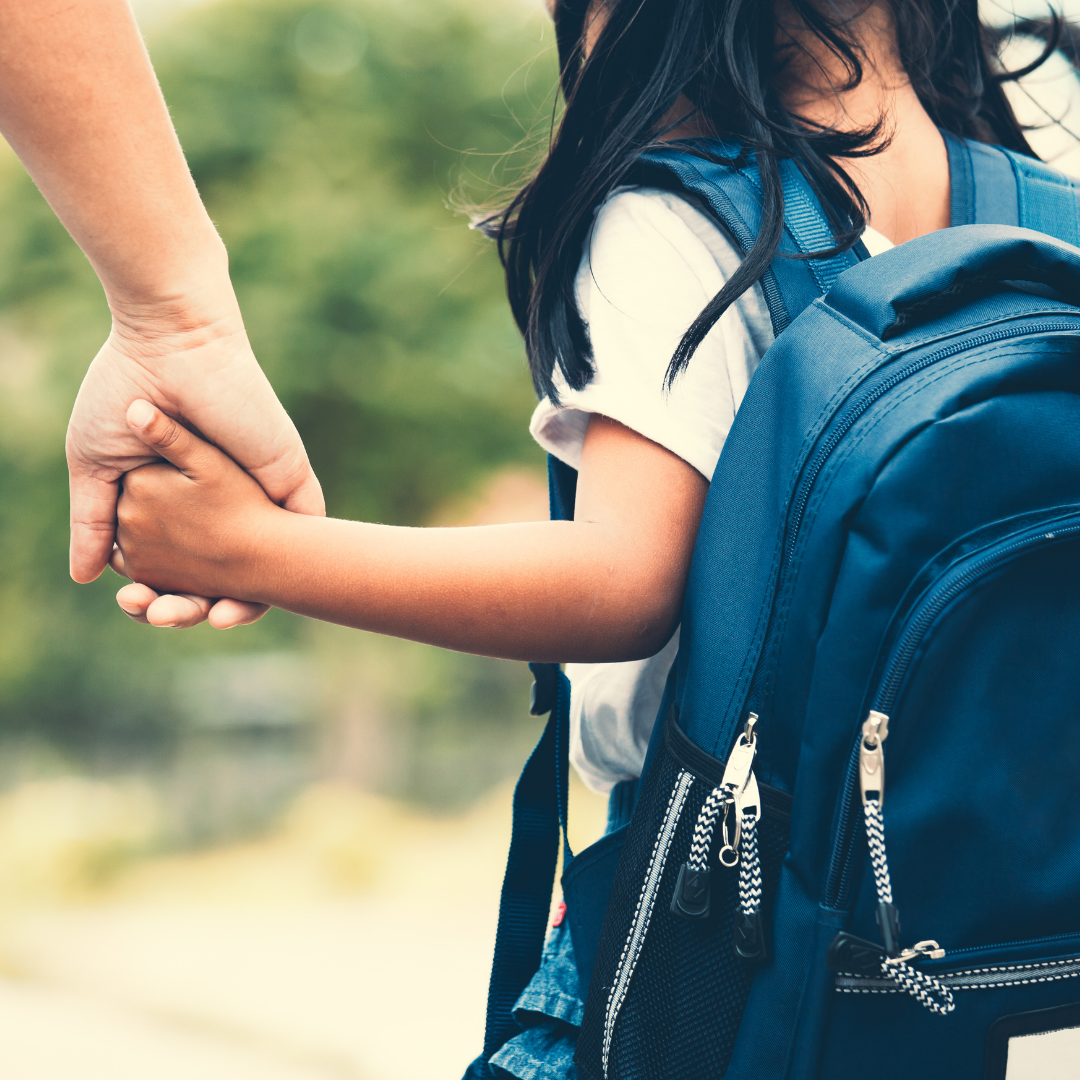Schools at all levels, from elementary through university have been in a state of flux since Spring 2020 when COVID-19 sent millions of students home. Since then, schools around the country have had to adapt to the evolving situation with a wide range of approaches to address students’ educational needs while complying with CDC guidelines. While face-to-face would be ideal from an instructional and social perspective, viral spread among students, families, and staff make the proposition prohibitively risky. That being said, with a few tricks and tools, many of the benefits of an in-person education can be replicated from home.

Socializing (While Social Distancing)
As the saying goes, “necessity is the mother of invention” and, if this crisis has provided anything, that thing would be necessity – remember the toilet paper shortages? Education has been no exception: students, teachers, and parents have risen to the occasion, finding ways to help students safely socialize, while social distancing.
Once believed to be an anti-social activity, gaming has become increasingly pro-social and is now one of the few mediums young people have to interact with one another. Even before the pandemic, much of a young person’s social life took place online. However, the pandemic accelerated this trend. If you have a student who’s gotten tired of Fortnite, Animal Crossing, and Among Us, C|Net offers a list of the “best online games to play with friends that will make you feel less cooped up in 2021.” Be sure to check it out and let us know which one is your favorite. I personally love the virtual escape room game for a bit of fantasy fulfillment...if only solving a few puzzles could free us from our pandemic-induced confinement 😫

Improving virtual reality technologies take immersion to the next level and can make online interactions even more realistic, offering opportunity for students to learn and gain exposure and knowledge of STEM-related activities and information. However, not all interactions need to take place digitally. If social distancing practices are followed, students in some warmer climates have the opportunity to gather outdoors in actual reality for meals and other social activities as long as they maintain safe distancing and wear masks.
Sanitization
While sharing toys and treats is normally encouraged, one thing parents don’t want children sharing are germs. To avoid this, the CDC offers a toolkit on cleaning, disinfection, and hand hygiene. This includes limiting the sharing of objects, regularly disinfecting surfaces, and wearing protective equipment. It is also important to be wary of the impact of cleaning supplies on sensitive skin as harsh chemicals may irritate the skin of some children.
Protection From Airborne Infection
In enclosed spaces like classrooms, airborne infection can occur through respiratory droplets, which are produced when you exhale and can remain suspended in the air for hours. While research indicates that most infections occur through close contact, airborne transmission becomes more likely with prolonged exposure to droplets in enclosed spaces with inadequate ventilation or air handling. Essentially, if you spend a lot of time in an enclosed area with little air circulation, the chances of airborne infection increase.
By following CDC guidelines, masks can provide protection and are a must- wear outside the home. However, if you’d like additional protection and peace-of-mind, personal air purifiers are an effective solution for removing respiratory droplets from your student’s personal space. Wynd’s personal air purifiers create a positive pressure air bubble to keep germs out and remove 99.99% of particles the same size as respiratory droplets. The Wynd Plus and Wynd Essential are powerful enough to keep your loved one’s safe in places like classrooms, public transportation, and stores, yet they’re small enough to fit in a backpack or cupholder. The Plus even comes with an air quality sensor, so you can keep tabs on your child’s air quality while at school via the Wynd app.

For broader coverage at home or in the classroom, we also offer the Wynd Max, which can cover a 1,200 sq ft space. Equipped with dual HEPA filters embedded with antimicrobial silver, the Max removed 99.99% of airborne viruses in lab testing. If you want to minimize airborne infections as much as possible, the Wynd Max is among the best solutions available.
Recognizing COVID in Students
Maintaining vigilance and recognizing potential symptoms of COVID-19 is important for keeping you and your community safe from infection. However, recognizing an infection in children can be trickier than adults as many don’t show any symptoms of infection at all. The most common signs an infected child may exhibit are fever and cough, however, the CDC has also provided a wide range of other symptoms that may be cause for concern. If your child exhibits any of these symptoms or the school reports a diagnosis of a classmate, it is important to err on the side of caution and get tested.
Under The Families First Coronavirus Response Act, testing is free in the U.S. and can be performed at health centers and select pharmacies. At-home collection and test kits are also available by prescription or over the counter, according to the CDC, which offers guidance on how to use and store tests for maximum accuracy.
COVID-19 turned our world upside down in March 2020. Since then, we’ve all learned a lot. By taking precautions to stem the spread of COVID-19, we can all remain safe and healthy. While the rollout of multiple vaccines indicates a brighter future, it is important to continue wearing masks, social distancing, frequently hand-washing, disinfecting, and testing to minimize infections until everyone is vaccinated.
